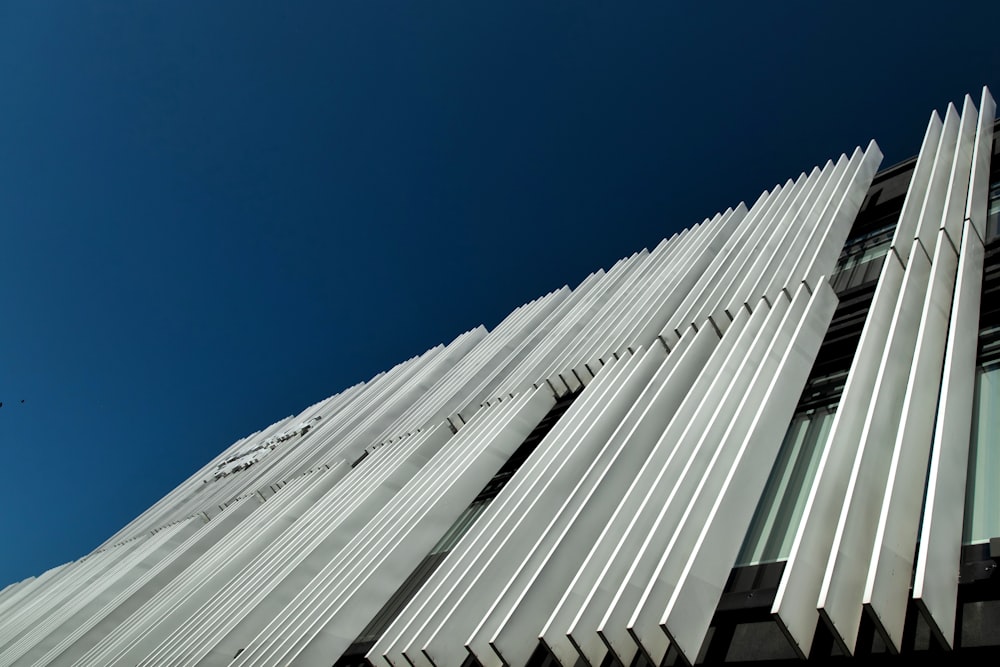
Industrial Architectural Marvels Blending Form and Function
Subheading: Exploring the Essence of Industrial Architecture
Industrial architecture stands as a testament to human ingenuity, blending form and function in awe-inspiring ways. From towering factories to sleek office buildings, these marvels of design have shaped the landscapes of cities around the world. Let’s delve into the world of industrial architectural marvels and discover the secrets behind their enduring appeal.
Subheading: A Fusion of Form and Function
At the heart of industrial architecture lies a delicate balance between form and function. Unlike traditional architectural styles that prioritize ornamentation and aesthetics, industrial design is driven by practical considerations. Every element serves a purpose, from the structural framework to the choice of materials, resulting in buildings that are not only visually striking but also highly efficient and functional.
Subheading: Embracing Raw Materials and Structural Integrity
One of the hallmarks of industrial architecture is its use of raw materials and structural integrity. Concrete, steel, and glass are often featured prominently, showcasing their inherent strength and durability. Rather than concealing structural elements behind decorative facades, industrial architects celebrate their honesty and integrity, allowing them to become integral parts of the design aesthetic.
Subheading: Transforming Urban Landscapes
Industrial architectural marvels have played a pivotal role in transforming urban landscapes, revitalizing once-neglected areas and breathing new life into communities. From repurposed warehouses to adaptive reuse projects, these buildings have become symbols of urban renewal and regeneration. By blending old with new, industrial architects have created spaces that honor the past while embracing the future.
Subheading: Innovations in Sustainability and Green Design
In recent years, industrial architecture has embraced innovations in sustainability and green design. From passive solar heating to rainwater harvesting systems, these buildings incorporate environmentally friendly features that reduce their carbon footprint and promote energy efficiency. By prioritizing sustainability, industrial architects are not only creating buildings that are better for the planet but also healthier and more enjoyable for their occupants.
Subheading: The Influence of Technology and Automation
Technology and automation have also had a profound impact on industrial architecture, revolutionizing the way buildings are designed and constructed. Advanced modeling software allows architects to visualize complex designs with unprecedented precision, while robotic fabrication techniques enable the rapid prototyping of innovative structures. These technological advancements have pushed the boundaries of what is possible in industrial design, leading to the creation of buildings that were once thought unimaginable.
Subheading: Celebrating Industrial Heritage
While many industrial architectural marvels represent the cutting edge of contemporary design, others pay homage to the rich heritage of industry and manufacturing. Historic factories, warehouses, and industrial complexes have been lovingly restored and repurposed, preserving their architectural significance while adapting them for modern use. These adaptive reuse projects breathe new life into old buildings, ensuring that their legacy lives on for future generations to enjoy.
Subheading: The Human Element in Industrial Design
Despite its focus on functionality and efficiency, industrial architecture is not devoid of human emotion and experience. Thoughtful design choices, such as natural light, open spaces, and communal areas, create environments that are conducive to productivity, creativity, and well-being. Industrial architects understand the importance of human-centric design, striving to create spaces that are not only practical but also enjoyable and enriching to inhabit.
Subheading: Pushing the Boundaries of Creativity
Industrial architecture is a constantly evolving field, with architects continually pushing the boundaries of creativity and innovation. Whether experimenting with new materials, exploring alternative construction methods, or reimagining traditional building typologies, these visionaries are reshaping the built environment in profound and exciting ways. By embracing experimentation and embracing risk-taking, industrial architects are driving the industry forward and shaping the cities of tomorrow.
Subheading: The Future of Industrial Architecture
As we look to the future, the possibilities of industrial architecture are boundless. From sustainable skyscrapers to self-sufficient cities, architects are exploring new frontiers and reimagining the ways in which we live, work, and play. With a focus on sustainability, innovation, and human-centric design, industrial architecture has the potential to create a more equitable, resilient, and sustainable future for all. Read more about industrial architect



